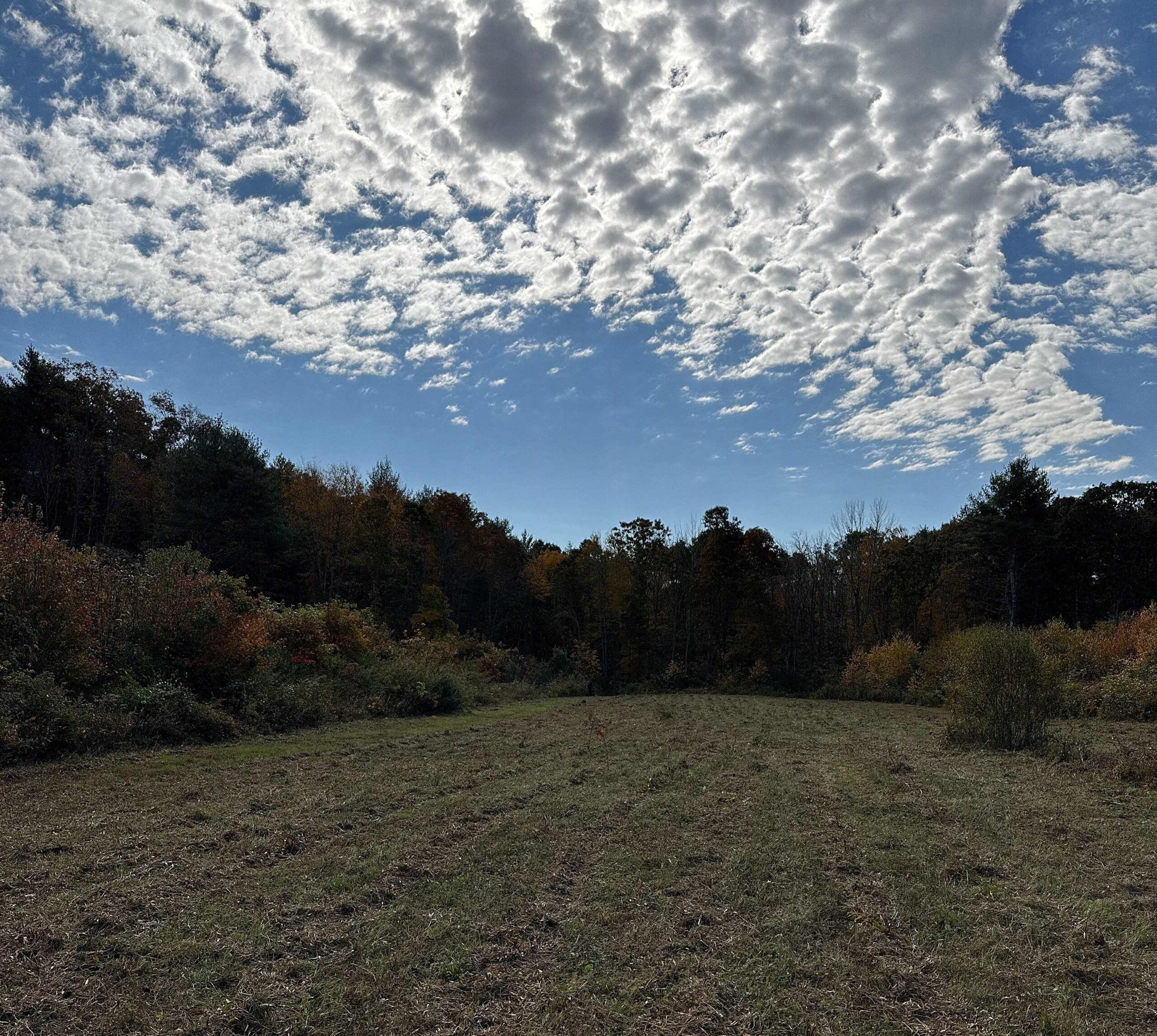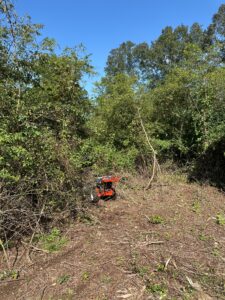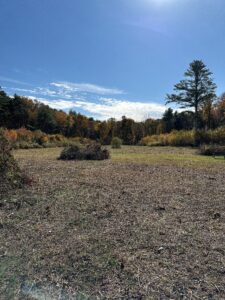
Managing Fields and Meadows
The longer shadows and dipping temperatures of late fall and winter mean that it is time for, among other things, managing our meadows and fields. Avalonia staff, volunteers, and contractors maintain nearly 80 acres of fields across the Conservancy’s various preserves. Ranging in size from under an acre to nearly 15 acres, these fields provide habitat for diverse plant communities, pollinators, ground nesting and other bird species.
While many are likely familiar with the prominent fields systems at Knox Preserve and Wequetequock Cove in Stonington, Walton Meadows in Griswold, or those at the Preston Nature Preserve, Avalonia is rich with examples of these important open, habitat types on a smaller scale. The ½ acre grassy lea at Tefftweald in North Stonington, the small fields at Cedar Wood in Norwich or the coastal paddock at Dodge in Stonington Borough all serve as incredible habitat for a variety of flora and fauna.

As you can imagine, without the benefit of fire or grazing from pastured animals, these fields require significant energy to keep them open and free of invasive plant species that otherwise set root and thrive in the full sun. And once this successional process takes hold, and a field begins to fill in with woody shrubs and saplings, it takes a concerted and sustained effort to not only hold it at bay but also to reclaim lost acreage.
The Appleton Tract, an upland portion of the larger Bell Cedar Swamp Preserve, is an example of a hard-earned field restoration, funded in part by the Natural Resources Conservation Service. This two-acre field, straddled by early emergent forest on all sides, had begun to fill in over the years, in a tangle of Autumn olive, multi-flora rose, bittersweet, and black locust saplings.
 Over a four-year period, staff and volunteers have labored to open this field back up, cutting, treating, removing, piling brush, and, finally, mowing. With the restoration nearly complete, the preserve now boasts a combination of mixed hardwood and conifer forest, thicket and early emergent forest, open field, and, true to its name, an Atlantic white cedar swamp. You are invited to walk the short loop trail that weaves through (or overlooks, in the case of the swamp) these habitats and passes by the Brown Family cemetery. If time permits, sit for a minute, and relax on the bench that looks south out over the field.
Over a four-year period, staff and volunteers have labored to open this field back up, cutting, treating, removing, piling brush, and, finally, mowing. With the restoration nearly complete, the preserve now boasts a combination of mixed hardwood and conifer forest, thicket and early emergent forest, open field, and, true to its name, an Atlantic white cedar swamp. You are invited to walk the short loop trail that weaves through (or overlooks, in the case of the swamp) these habitats and passes by the Brown Family cemetery. If time permits, sit for a minute, and relax on the bench that looks south out over the field.
